The headlines, “Students lack spirit week excitement,” “Spirit week excites,” “Loud and proud; stop fearing spirit” and “Campus spirit thrives” jumped out at me as I scrolled through past Common Sense articles. Reading these past publications, I was transported through the years from 2025 to 2018 catching a glimpse of the recurring topic: school spirit. Often a contentious issue in the school, I was curious to see whether the school’s school spirit has always been lacking or whether the dismal school spirit is a recent occurrence.
Time traveling back to 2018, I gained insight on the reality of school spirit through the articles “Do pep rallies increase school spirit?,” “ONLINE EXCLUSIVE: Does our school lack spirit?” by alum Mollika Singh, “Campus spirit thrives” by alum Sarah Levine, “Students lack spirit week excitement, participation” by alum Amy Weintraub and “Students’ school spirit shines at spring pep rally” by alum Jonnie Votya. While these five articles seemed to contradict each other as Votya praises the SGA-run pep rallies as a school spirit booster, the Common Sense editorial board argues that most students enjoy the pep rallies only because of the shortened schedules or in some cases merely tolerate them. Singh writes in his article, ‘“Pep rallies aren’t fun, friends just make them more bearable,’ sophomore Jacob Kaplan-Davis said.”
However, also noticeable through the 2018 articles is the condemnation of students who don’t participate in school spirit. Weintraub writes in her article “My first year here I remember seeing people decked out in red white and blue and hundreds of students wearing Hawaiian shirts for tacky tourist day. But now, if you take a look around the school during spirit week, hardly anybody dresses up – you can’t even tell that it’s spirit week.”
Whether it’s only dressing up for the “easy” themes or not participating at all, in 2018 the lack of engagement with spirit week themes is apparent. Weintraub highlights how “at other schools, students seem to have a lot more spirit, they are more involved in school events and do the most to dress up for spirit week. Our school’s lack of spirit makes us seem boring.”
Moving forward in time to 2019, a similar disappointing truth is revealed through the publications, “Smells like no teen spirit” and “Spirit week excites” by Erin Frost. Again, the ideal movie-like high school is depicted, and then the lackluster school spirit issue is presented. The article “Smells like no teen spirit” poses the solution of introducing music in the hallways and more exciting themes, though it also presents the theory that the “crumbling” infrastructure of the school leaves students without a school to be proud for. While the article “Spirit week excites” starts off by highlighting the homecoming spirit week themes, it concludes by mentioning the dismal participation of students in spirit activities. From not dressing up on spirit days to staying silent during grade level cheering competitions, traveling back in time through Common Sense reveals that 2019 also faced a discouraging absence of school spirit.
Jumping ahead to 2023 and 2024, through Common Sense we can see that through administration and student leaders there is an active effort to try and improve school spirit. In 2023, “Principal Douglas Nelson carries school spirit” by alum Maria Sofronos reminds us of former principal Nelson’s first year at the school and his priority for developing stronger unity. In 2024, the high attendance of Friday night lights and student vs. staff basketball game appeared to be a step in the right direction. Though “‘Friday Night Lights’ football games maintain spirit, tradition” by Sofronos, displays the difference between football games and other fall sports, showing that the increased school spirit only reaches as far as a Friday night football game.
Returning back to the present in 2025, Common Sense sheds light on the work being done by SGA, poms coach Mia Krawczel and the athletics department to strengthen school unity and spirit. In “Spirit Games initiative builds spirit, stronger school community” by news editor Catherine Busca, the new Spirit Games plan aims to bring together feeder schools to engage the community, generating “one of the largest attendance crowds seen in recent years.” Also seen through “SGA mixes school spirit, wellness with tie dye event” by features editor Janna Frank, there are substantial efforts to make the school more spirited. However, in coherence with past years, “Loud and proud; stop fearing spirit” by alum Maria Daraselia uncovers the hidden shortcomings of school spirit. Questioning the high attendance and support at red, white and blue or blackout themed games, Daraselia blames fear of embarrassment. She continues to push responsibility for the lack of spirit on the underclassmen as she describes the ripple effect of chants at football games. With freshmen feeling uncertain to continue chanting a cheer, the energy in the stands dies down quickly. “If you are the only one in your grade section clapping along, it suddenly becomes embarrassing and the willpower to do so vanishes,” Daraselia writes.
In the Common Sense time machine I had hoped to see a glimmer of hope that the school had once had a vivacious school spirit. Though I was disappointed to learn that not dressing up for school games, being hype in the stands and lack of engagement have remained a problem since at least 2018. A common memo through Common Sense over the years has been that high school is what you make it. The idealized high school experience seen in popular culture is only attainable through combined efforts from everyone. Dressing up for spirit days isn’t embarrassing if we all participate, it’s not lame to cheer if everyone around you is belting out as loud as they can and attending events isn’t a burden if all your friends are going.
In the past three years, SGA has hosted the Gloco homecoming event, though students simply choose not to attend since it’s “lame” or they don’t want to spend the money. Gloco is one of my favorite events that the SGA hosts, and it is disappointing to see students and seniors especially miss out on this experience because they are uninterested. If all students participated, these events would boost school unity and give students things to look forward to. I hope for future classes that students get over their fears of being embarrassed and embrace their time as high school students.
On a broader scale, life is what you make it. Take risks, and have no regrets. Don’t leave high school wishing you had made more memories, dressed up for that Adam Sandler theme or cheered a little louder.


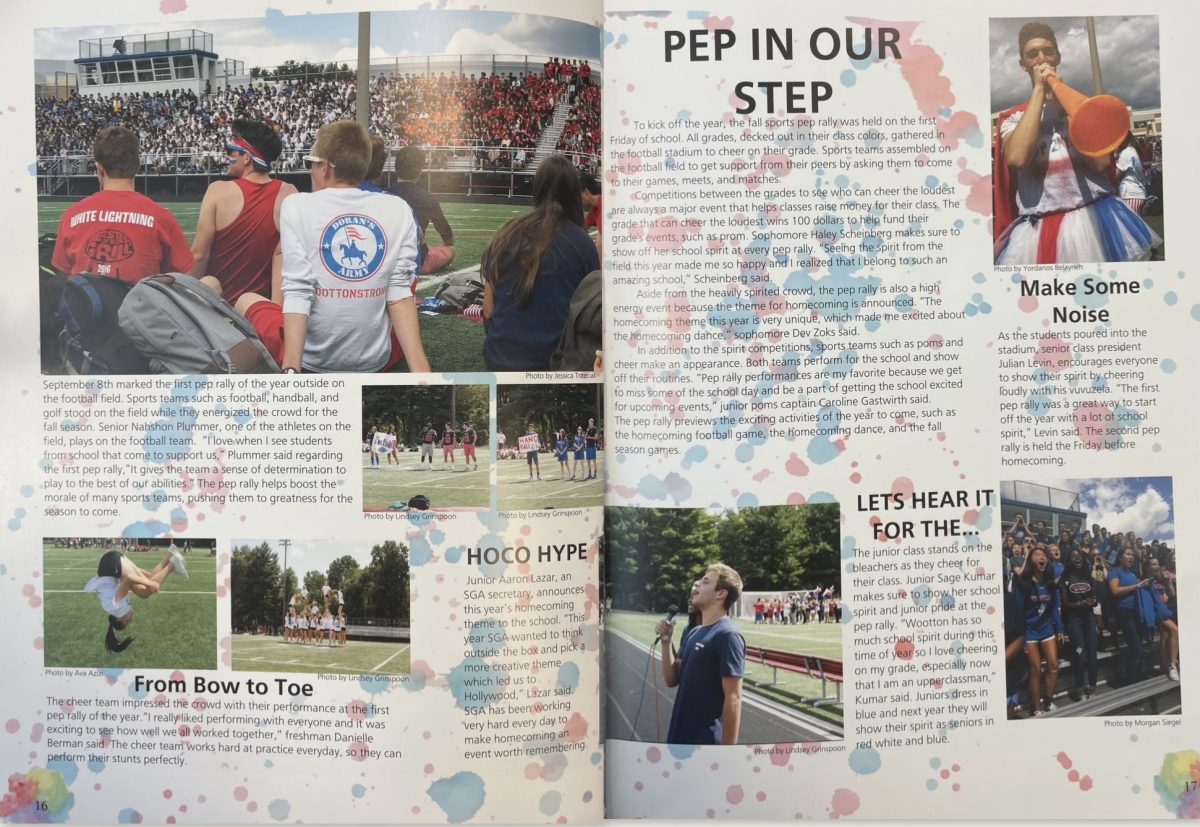

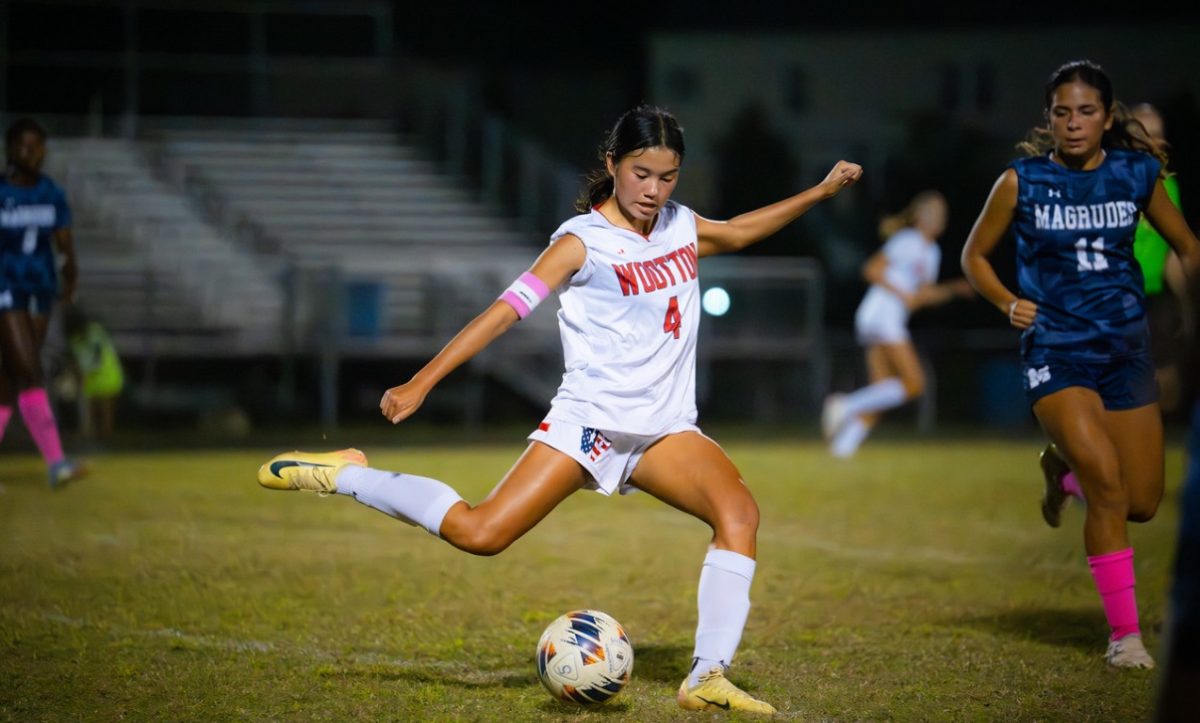
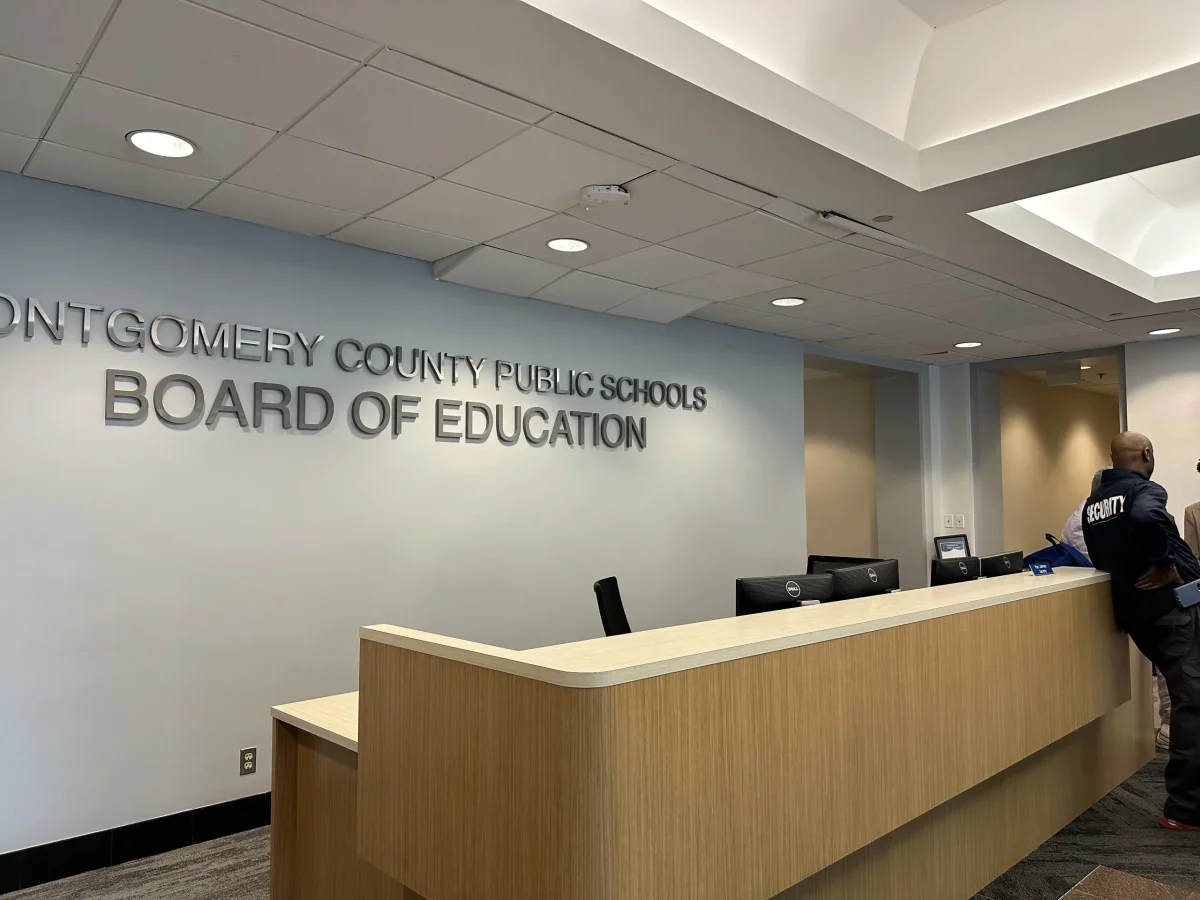
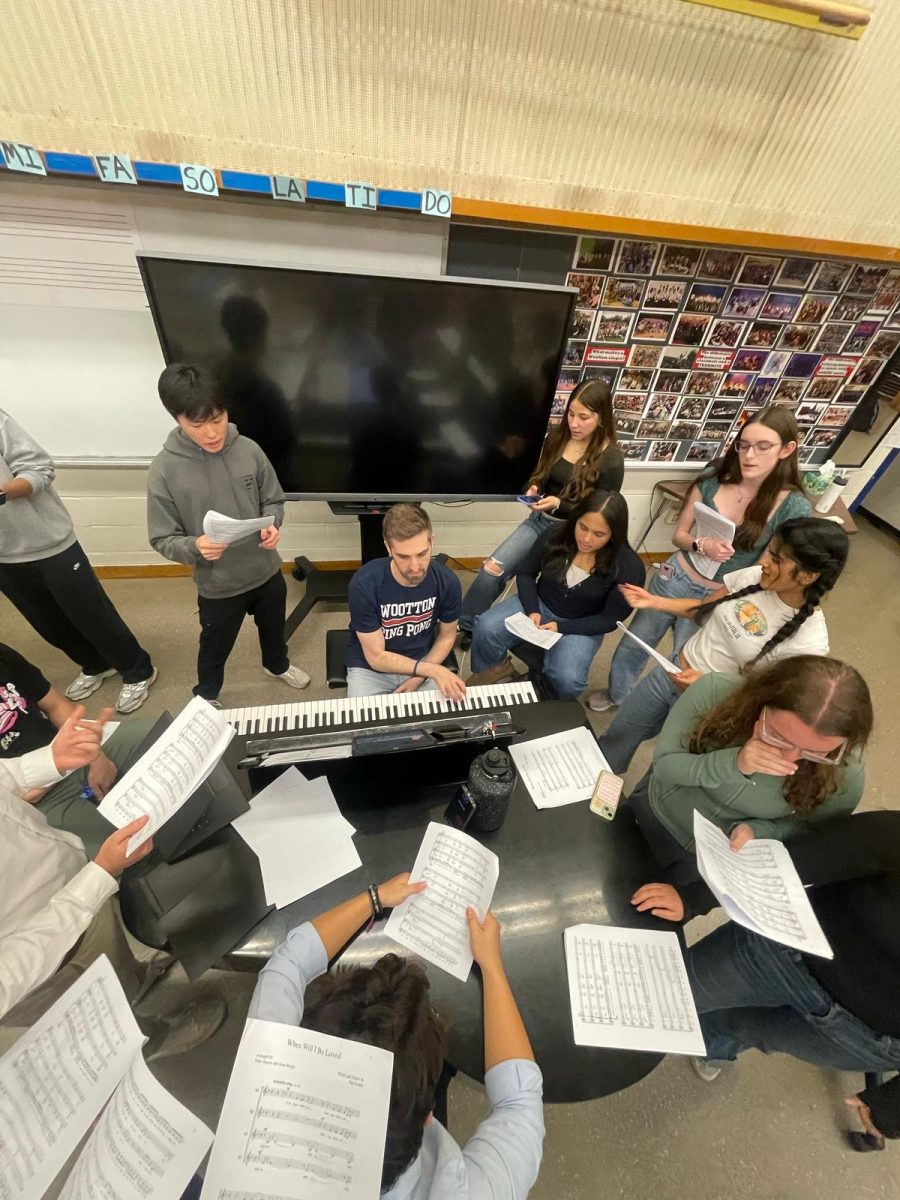
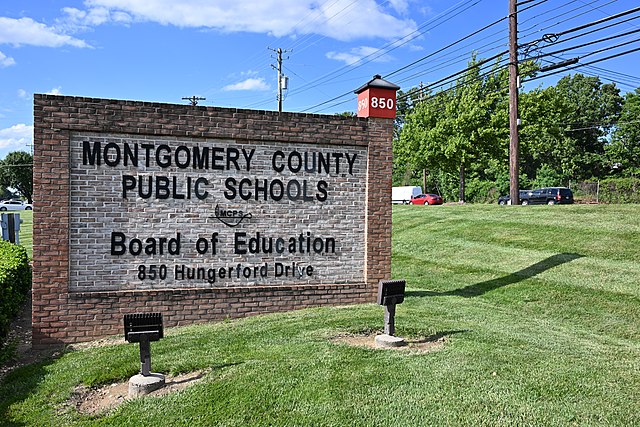
![The 2025-2026 Editorial Board Alex Grainger, Cameron Cowen, Helen Manolis, Emory Scofield, Ahmed Ibrahim, Rebekah Buchman, Marley Hoffman, Hayley Gottesman, Pragna Pothakamuri and Natalie Pak (Chase Dolan not pictured) respond to the new MCPS grading policy. “When something that used to be easy suddenly becomes harder, it can turn [students’] mindset negative, whereas making something easier usually has a better impact. I think that’s where a lot of the pushback comes from. But if you put emotions aside, I do think this change could help build stronger work ethic,” Ibrahim said.](https://woottoncommonsense.com/wp-content/uploads/2025/09/fqr5bskTXpn0LRQMmKErLuNKdQYBlL726cFXBaWF-1200x900.jpg)
